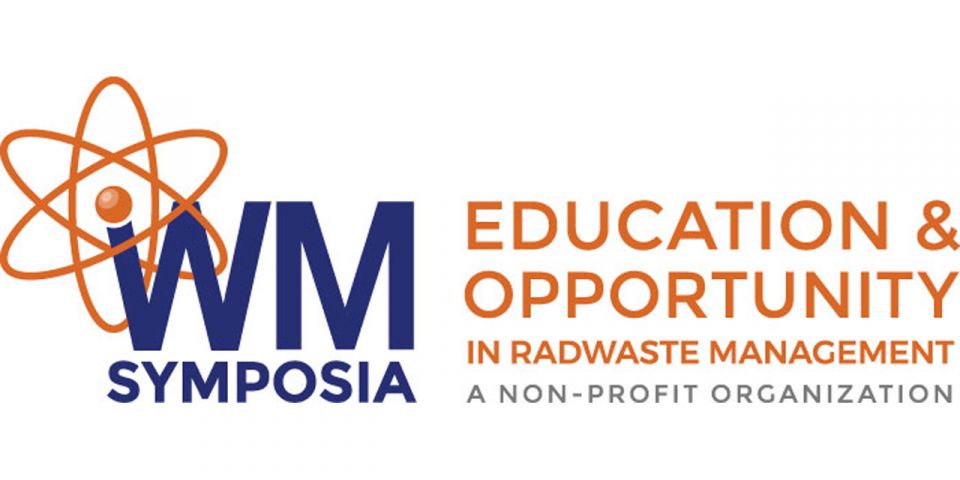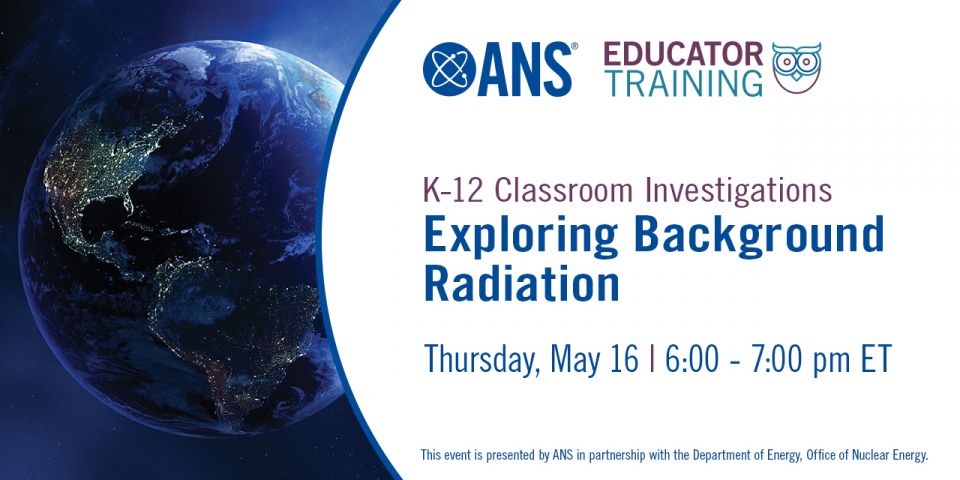Learning about energy from a sociological perspective
Leigh Keever is a professor of sociology at Chattahoochee Technical College, in Marietta, Georgia. Last year, she invited PopAtomic Studios to participate in the service learning program, which has evolved into an ongoing effort to learn about energy issues from a sociological perspective.
The questions in bold below were asked by this piece's author, Suzy Hobbs. The responses are from Leigh Keever.
What is sociology and why is it important for communicators in the nuclear sector to understand?
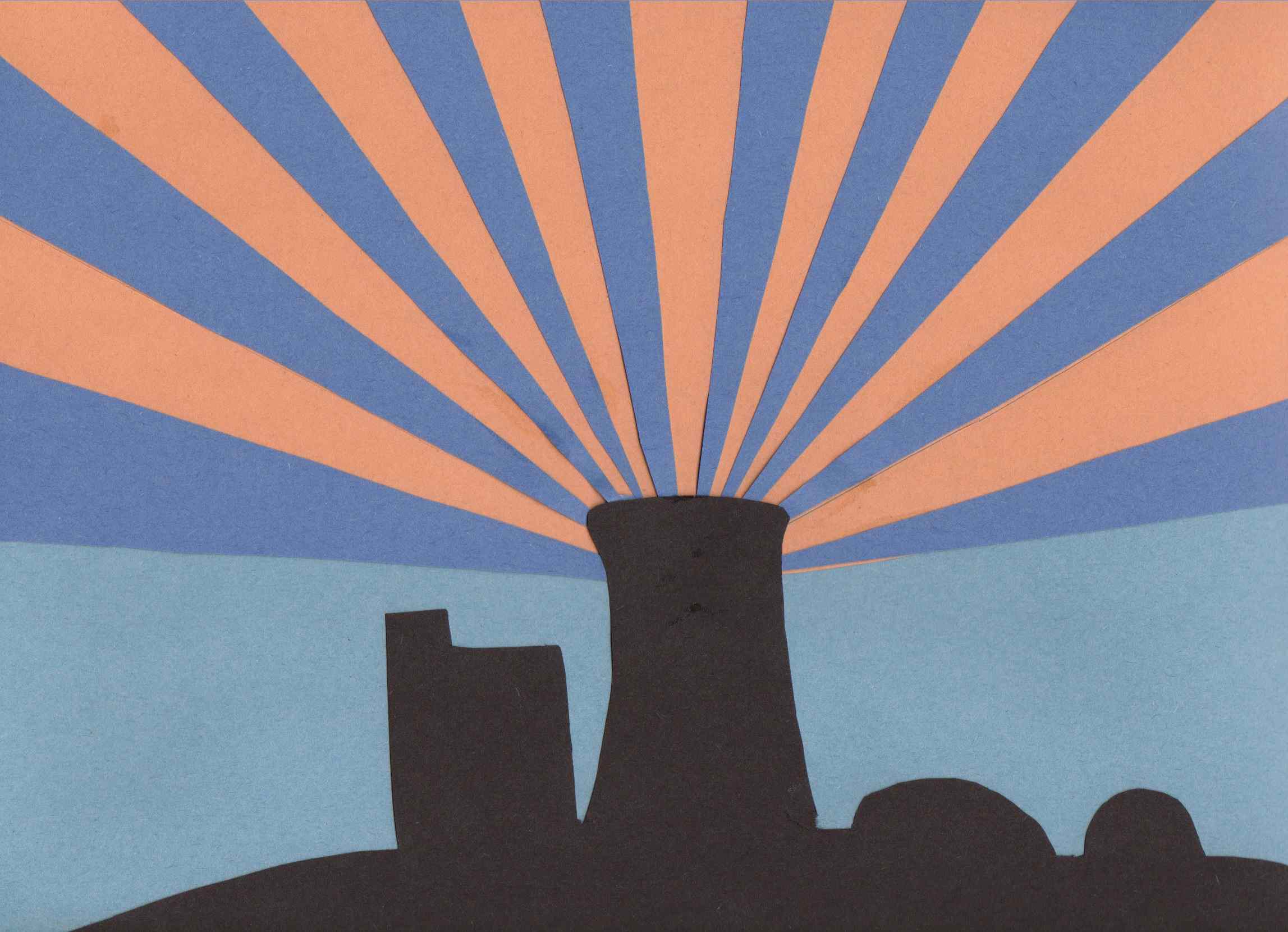 Sociology is the study of human societies. We look at broad social structures such as governments, population and environment, social stratification, religion, and urbanization. We also study culture, social interaction, deviance, and issues that are symbolic for individuals within groups.
Sociology is the study of human societies. We look at broad social structures such as governments, population and environment, social stratification, religion, and urbanization. We also study culture, social interaction, deviance, and issues that are symbolic for individuals within groups.
The nuclear sector can benefit from our understanding of how people respond to mass media, the methods used to socialize groups, and human response to their environment. These issues manifest in policy and regulation based on the public perceptions of technology.
Or, in other words, the problems facing the nuclear sector are just as much social as they are scientific and technical.
How is the service learning program preparing students to be critical thinkers about both scientific and social issues?
Chattahoochee Technical College uses the definition of service learning as created by the American Association of Community Colleges:
Service learning combines community service with academic instruction, focusing on critical, reflective thinking, and personal and civic responsibility. Service-learning programs involve student activities that address community-identified needs, while developing their academic skills and commitment to their community.
When working with PopAtomic, students have the ability to combat the misinformation, which has stifled the progressive use of nuclear energy. There is a community need for awareness of accessible, and cleaner, energy resources. These students are now more aware of their social environment, media environment, and exposure to propaganda that may be rooted in bias and distortion. Our service to PopAtomic, as well as to future sociology students, is to spread fact-based knowledge and develop new images and themes to provide for the larger community with positive imagery involving nuclear energy.
As we acquire new technology and evolve as a society, it is essential to identify and respond to socially supported misinformation, which is rooted in belief, rather than fact. Younger generations, as well as non-traditional learners, deserve to know the truth about their environment, their fuel choices, and the future repercussions of their decisions.
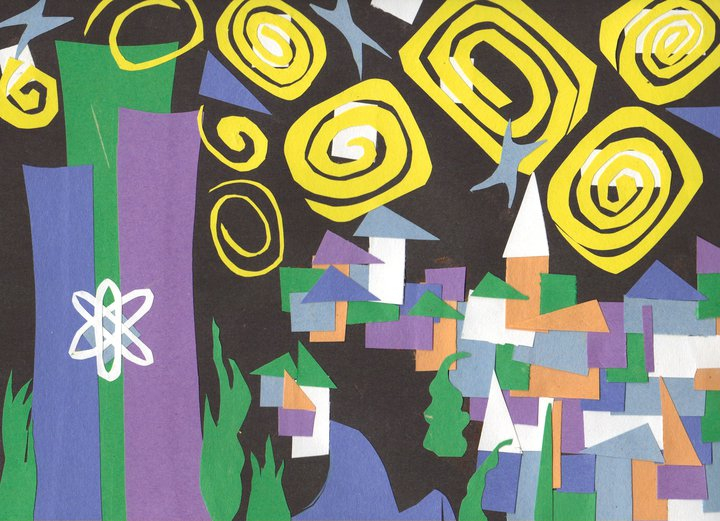
Nuclear Night
What inspired you to invite PopAtomic to be a part of your service learning curriculum?
I've been working in academia for close to seven years and I see how departments feel segregated from one another, rarely realizing how closely linked every department is. The goal is to link this program to several other schools and create a community for active learning in which students can understand seemingly complex subject matter.
This is something I think the nuclear sector can learn from as well; that the boundaries between different ways of thinking are falling away. How do you see this interdisciplinary approach playing into the future of academia, as well as future career possibilities for your students?
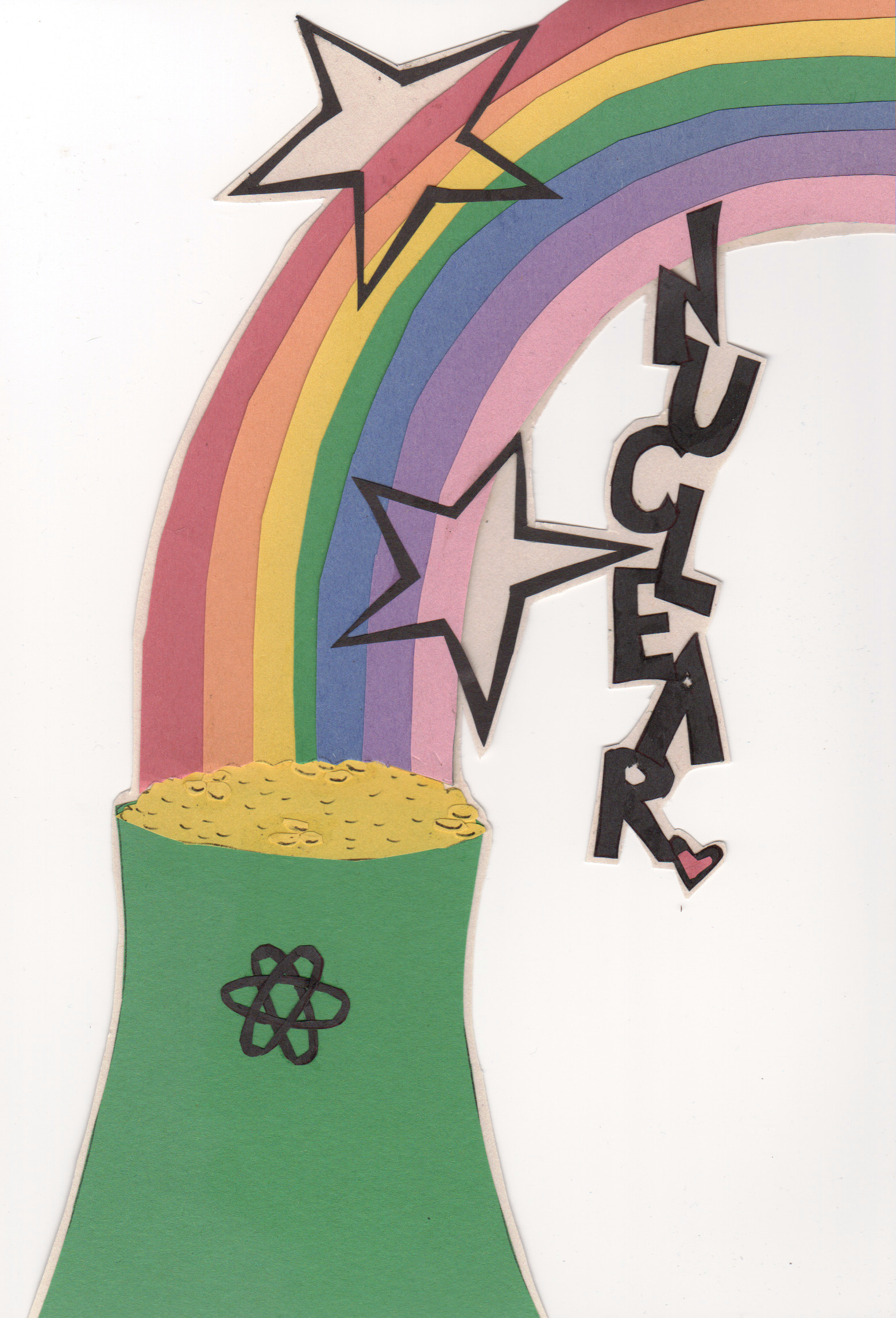 One of my main goals as an educator is to offer my students an opportunity to think analytically and develop the ability to be active, positive contributors to our society as a whole. As the world becomes more globalized and we have access to every corner of humanity, it is essential to think "outside of the box." The more that students are able to see the links of science, art, service, and application from a multidisciplinary perspective, the better off they will be when they enter the work force.
One of my main goals as an educator is to offer my students an opportunity to think analytically and develop the ability to be active, positive contributors to our society as a whole. As the world becomes more globalized and we have access to every corner of humanity, it is essential to think "outside of the box." The more that students are able to see the links of science, art, service, and application from a multidisciplinary perspective, the better off they will be when they enter the work force.
What has been the student reaction to learning about science and nuclear energy in the classroom?
Overal,l it has been really positive. Many students understand the role of cross-disciplinary thinking and they respond with excitement. Some students are just beginning to use analytical thinking, and this can be tough for a student who has just entered an adult learning environment. Others realize how vital and applicable this information is months, even years, after participating in service learning. Reflection and learning cannot take place in a proximate time frame, but we are planting the seed of critical thinking.
Can you share some specific examples of students who have responded positively to the program, as well as students who have struggled?
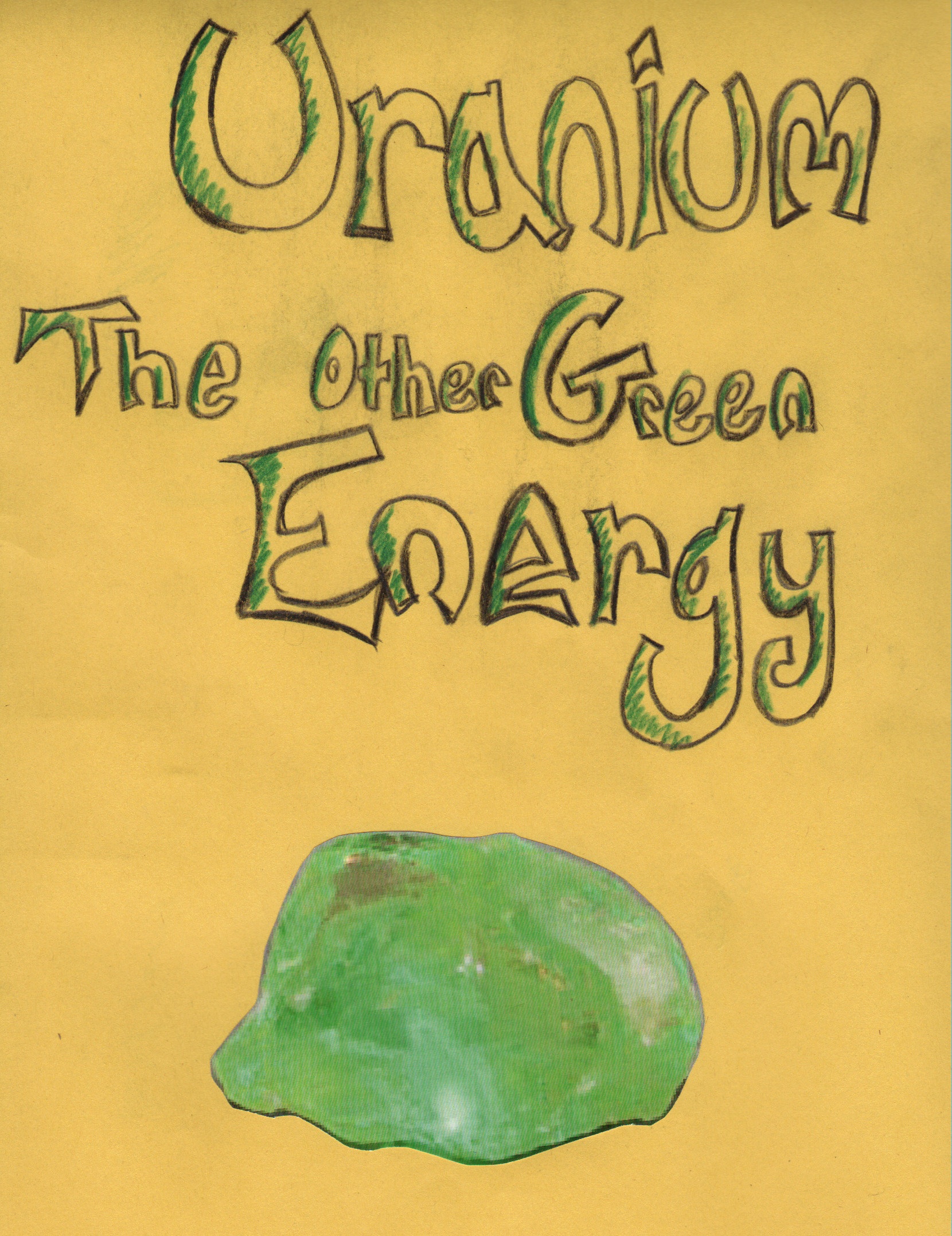 A student approached me last week to get contact information for PopAtomic Studios. She participated in service learning earlier last year and wanted to implement her knowledge into a persuasive speech she will be giving in a few weeks. Culture and sociology are alive, they are constantly evolving, and students who take part in service learning have the ability to actively participate in this growth.
A student approached me last week to get contact information for PopAtomic Studios. She participated in service learning earlier last year and wanted to implement her knowledge into a persuasive speech she will be giving in a few weeks. Culture and sociology are alive, they are constantly evolving, and students who take part in service learning have the ability to actively participate in this growth.
On the other hand, a small group of students have commented that they absolutely believe that the Three Mile Island accident resulted in multiple fatalities. Another student commented on the "myth" of global warming and that climate change is not real, based on things she had heard in popular media. It was a good example of why it is important for students to develop good research habits and to be analytical of the constant flow of "information" that they are exposed to. As an educator, all I can do is provide facts, and support critical thinking, and accept that some personal belief systems will override the information that is being presented.
There does seem to be a generational issue at play. Students who experienced Three Mile Island and Chernobyl events as young adults tend to have a more skeptical view of the safety record of the nuclear industry, and are less open to new information. Students who have no primary experience or knowledge of nuclear energy seem to be the most open to the information that PopAtomic is bringing to the classroom.
We have really loved the artwork coming out of the program; will you share some of your favorite examples?
My favorite image, so far, has been one of the more simplistic and most powerful that I have seen. One artist took the concepts of coal and nuclear and used a two-color palate to symbolically depict the dangers and benefits that are contrasting with these two resources.
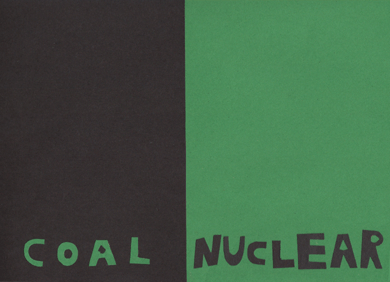
Coal vs. Nuclear
Thank you so much, Leigh! I have really enjoyed working with your students and thinking about the issues facing nuclear growth from a sociological perspective.

Hobbs
Suzanne Hobbs is creative director and contributing artist at PopAtomic Studios. She was born in Tokyo, Japan, and raised in Atlanta, Ga., by her nuclear engineer father and social worker mother, along with an older brother who is now an accomplished chemist. Her interest in art, science, and humanitarian issues started very young, fueled by frequent family travel and a sharp focus on education and community involvement. She attended Appalachian State University to study Fine Arts and since graduating has worked with several public arts organizations, always with the goal of using art to create positive change. She is a frequent contributor to the ANS Nuclear Cafe.



